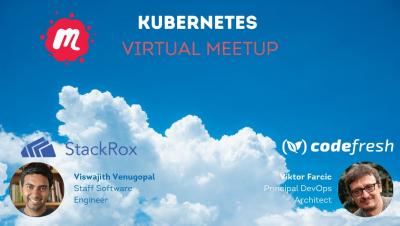Entering GitOps 2.0 with Codefresh and ArgoCD
In our previous article, we explained the vision behind GitOps 2.0 and the features we expect to be covered by GitOps 2.0 tools. In this article, we will see how the new Codefresh GitOps dashboard is the first step towards this vision and more specifically in the area of observability and traceability.











